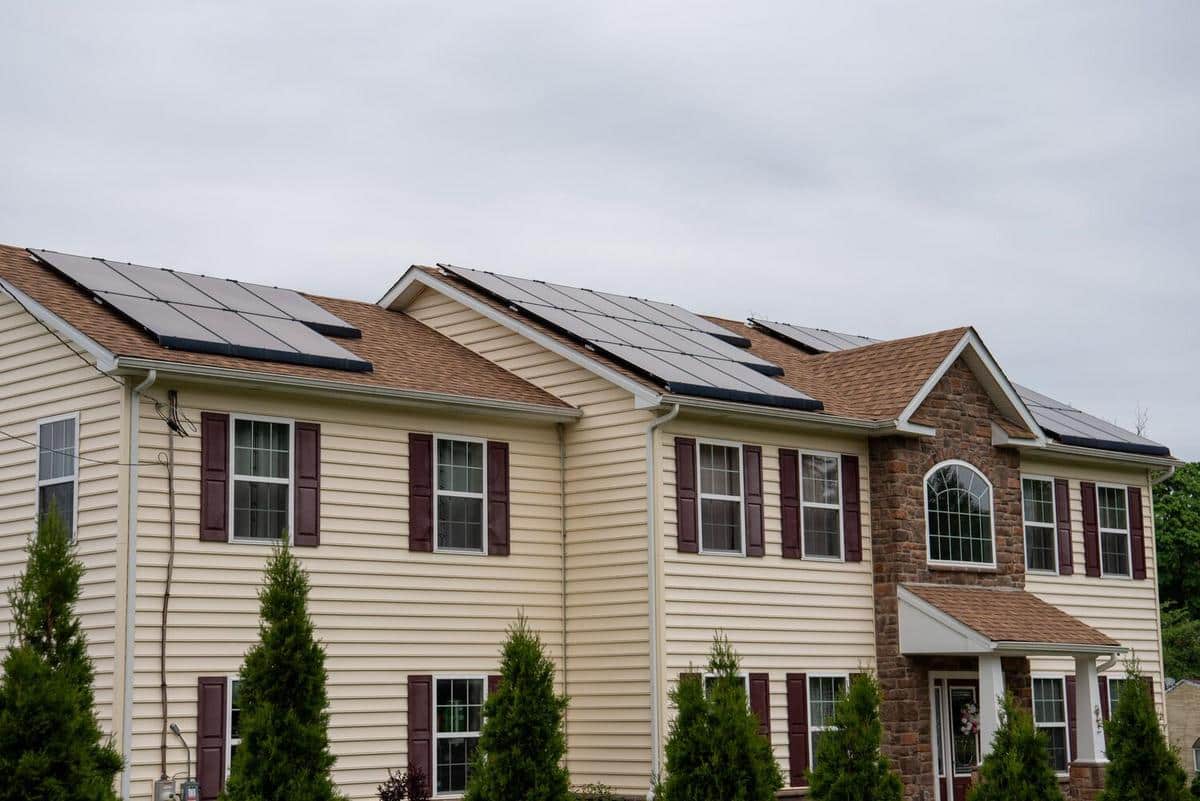
Harnessing Solar Power for an Energy-Efficient Home
Solar energy is rapidly becoming a cornerstone of sustainable living, offering an effective way to reduce carbon footprints and energy bills simultaneously.
Understanding Solar Power
Solar power harnesses the energy from the sun using photovoltaic cells to generate electricity or heat. This renewable energy source is not only environmentally friendly but also increasingly cost-effective. According to the International Energy Agency, solar power has become the cheapest form of electricity in history, highlighting its potential for widespread adoption.
The Benefits of Solar Power
- Environmental Impact: Solar energy significantly reduces greenhouse gas emissions compared to fossil fuels.
- Cost Savings: Initial investments are offset by reduced electricity bills over time.
- Energy Independence: Solar panels can decrease reliance on grid power, providing stability during outages.
Expert Insights
“Solar panels are a smart investment for homeowners looking to cut costs and reduce their carbon footprint,” says Dr. Emily Park, a renewable energy consultant.
Real-Life Example
Consider Tom, a homeowner who installed solar panels in 2019. Within two years, his electricity bills dropped by 60%. Such transitions not only benefit the environment but also offer financial relief.
Actionable Steps to Get Started
- Assess Your Energy Needs: Calculate your average energy consumption to determine the solar panel capacity required.
- Research Local Incentives: Many regions offer rebates or tax incentives for solar installations.
- Choose the Right Installer: Look for certified professionals with excellent reviews.
- Maintain Your System: Regular cleaning and checks ensure optimal performance.
Cost Comparison Table
| Factor | Traditional Energy | Solar Power |
|---|---|---|
| Installation Cost | Low | High |
| Monthly Bills | High | Low |
| Environmental Impact | High | Low |
| Maintenance | Medium | Low |
| Energy Independence | Low | High |
| Incentives Available | None | Various |
| Lifespan | Variable | 25+ years |
| Overall Savings | Low | High |
FAQs
How much does it cost to install solar panels?
The cost varies depending on the system size and location but typically ranges from $10,000 to $30,000 before incentives.
What happens on cloudy days?
Solar panels still produce electricity on cloudy days, albeit at a reduced efficiency. Battery storage can help mitigate this issue.
Can I install solar panels myself?
While possible, professional installation is recommended to ensure safety and efficiency.
Conclusion
Harnessing solar power is a viable strategy for achieving an energy-efficient home. Not only does it promise long-term savings, but it also contributes to a healthier planet. By taking the plunge into solar energy, homeowners can enjoy the dual benefits of reduced costs and environmental impact. Consider exploring local resources and expert advice to make the most of this sustainable energy source.